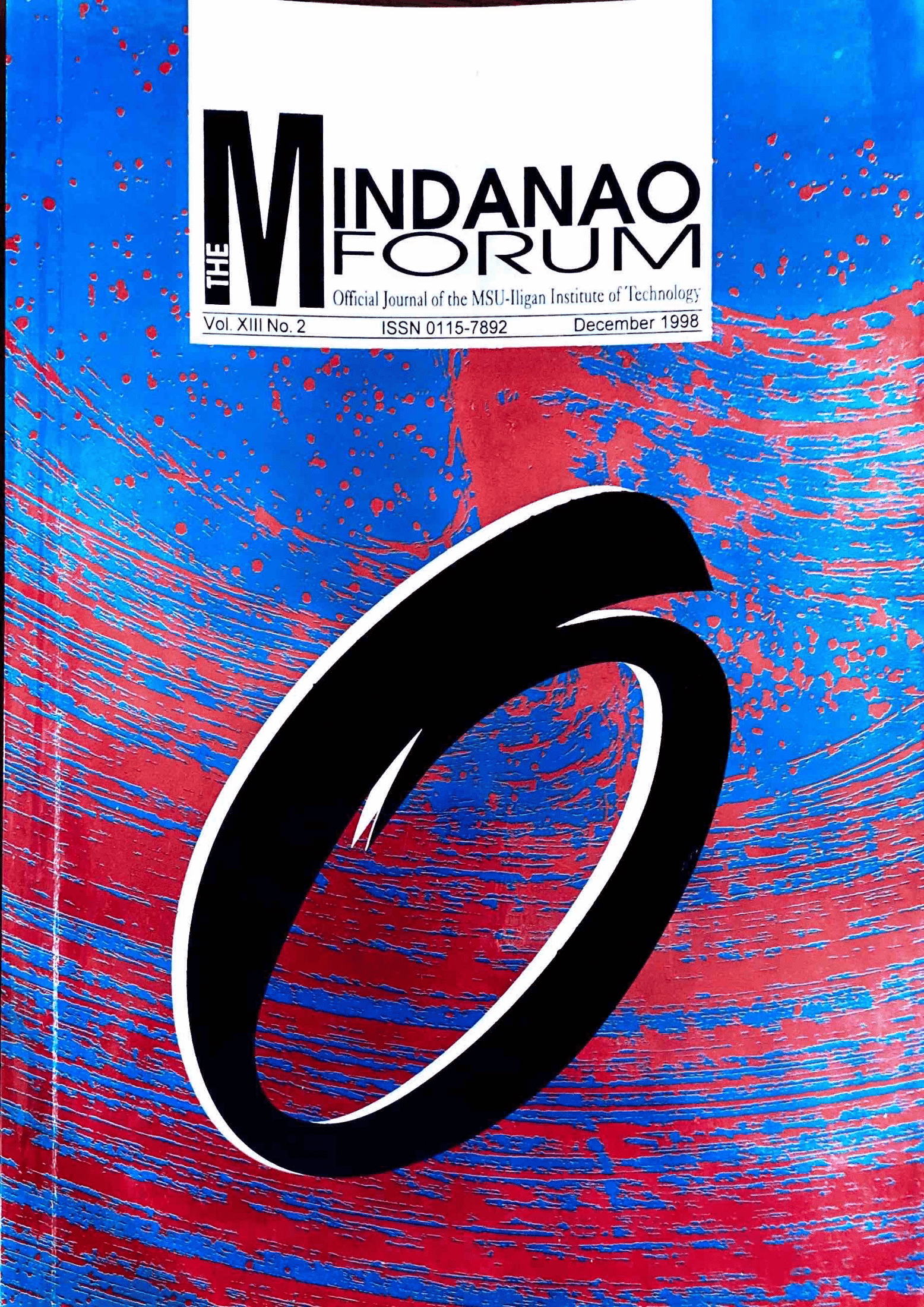Abundance of Bacterial and Fungal Populations in Selected Mangrove Sites in Cataan, Camiguin And Baliangao, Misamis Occidental
Keywords:
Colony forming units, mangrovesAbstract
A comparative study was conducted to determine if population density of bacteria and fungi varies between two geographically distant mangrove estuaries; a disturbed and relatively polluted mangrove in Cantaan, Camiguin and a protected and unpolluted mangrove in Baliangao, Misamis Occidental. F ou.r transects in each site, each with five 1-square meter quadrats was established to determine the possible occurrence of zonation in the distribution of microorganisms across the mangrove ecosystem. Serial dilution and Standard Plate Count Technique were used to determine the colony-forming units (CFUs) of bacteria and fungi in a gram of soil.
Results showed that there were more CFUs of bacteria in Cantaan, Camiguin mangrove than in Baliangao site. Multiple regression analysis revealed that soil salinity and soil texture. among other abiotic factors, influence bacterial abundance in the mangrove sites. On the contrary, Baliangao mangrove had more fungi than in Cantaan estuary. Multiple regression analysis also showed that the amount of silt-detritus in the soil influences fungal populations. Bacterial and fungal populations exhibited clump pattern of dispersion. No zonation was observed in both bacterial and fungal populations in the two mangrove sites.





